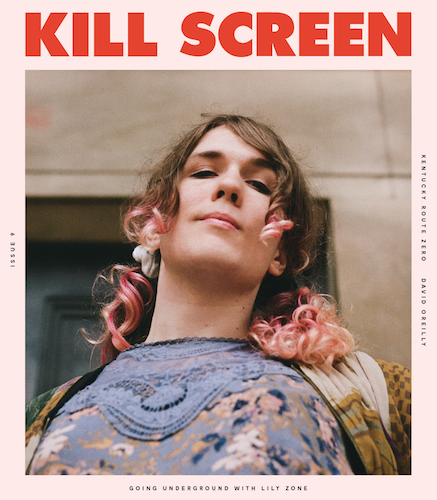
Image via Youtube
For the first time in over a decade, Dota 2 acknowledged that it’s a completely different monster.
That’s to say, the latest patch being released is the first in the 7.00 iteration, after over a decade in the 6.00 range. This was about when infamous game developer Icefrog passively claimed the reins on the Warcraft 3 mod, well before Valve stuck its hands into the fray. Since then, Icefrog continued to push near-identical patches into both the WC3 edition and Valve’s standalone client. However, this couldn’t last too long; after all, items such as the Octarine Core were pushing the limits of the WC3 engine’s capabilities. It was only a matter of time before the legendary arctic amphibian switched fully to Valve’s Source 2 client.
On December 12, “A New Journey” begins with a motherlode of game-changing mechanics. Most controversially, a “Talent Tree” has been introduced, introducing unique bonuses at levels ten, fifteen, twenty, and twenty five which give increasingly powerful incentives to continue leveling XP. A new hero, Monkey King, has been introduced, with “trickster” mechanics spanning from disguises and tree-hopping to a powerful sentry-like ultimate. The map has radically changed, as Roshan has been moved far to the north, and “Shrines” allow teams to keep map presence after Tier-1 and Tier-2 towers are removed. A “backpack” allows players to overload their inventory without dropping items, neutral creep spawn times have shifted, and a new HUD has been introduced. And, this all is alongside the usual nerfs and buffs that come with a post-competition patch.
If this seems like a lot, that’s because it is. As several have put it, 7.0 is Dota 3 by the company that avoids the number 3. While the patch train will keep a-rollin’, the game has certainly reached an apex, with the biggest changes to mechanics in over a decade.

Put simply, the changes to intricate details of Dota 2 are going to be drastic, creating bumps in the road for players who have been around for a while. The largest change for current players is that item picks may shift with the Talent Tree, as many “talents” can likely replace the need for items part of traditional builds. Stats may become a more important item priority, since players cannot “level stats” as they used to. The new map will cause players to fumble for a few weeks, of course, as this is one of the biggest map redesigns in ages. And the new HUD and pre-game format will be a bit confusing for players who have already found their way around the old screens. This is also after a year of new item introductions and the final imports of WC3 heroes.
The patch adds to Dota 2’s iconically high skill floor, especially with the Talent Tree. At the very least, anyone learning now will have the beginner’s advantage of not needing to adapt, but instead having these “changes” as part of their foundational knowledge. New players won’t need to fumble with the thought of Roshan being on the top instead of on the bottom, implanted in the Dire side of the river. Ganking routes will be more intuitive, and keeping busy in the jungle with the new timers and Bounty Rune placements won’t be as much of a struggle.
Of course, it’ll also be harder to gain knowledge from peers who have been playing longer, given many of their trusted builds, tricks, and tips may have been swept away in this new patch. But as skilled players try to churn out theories and guides, new players will have the ability to reap these as part of their introductions.
The 7.00 patch drastically changes the landscape of the oldest and proudest MOBA still around. After over a decade in the 6.XX era and much longer in its WC3 home, Dota 2 has fittingly embarked on A New Journey.










